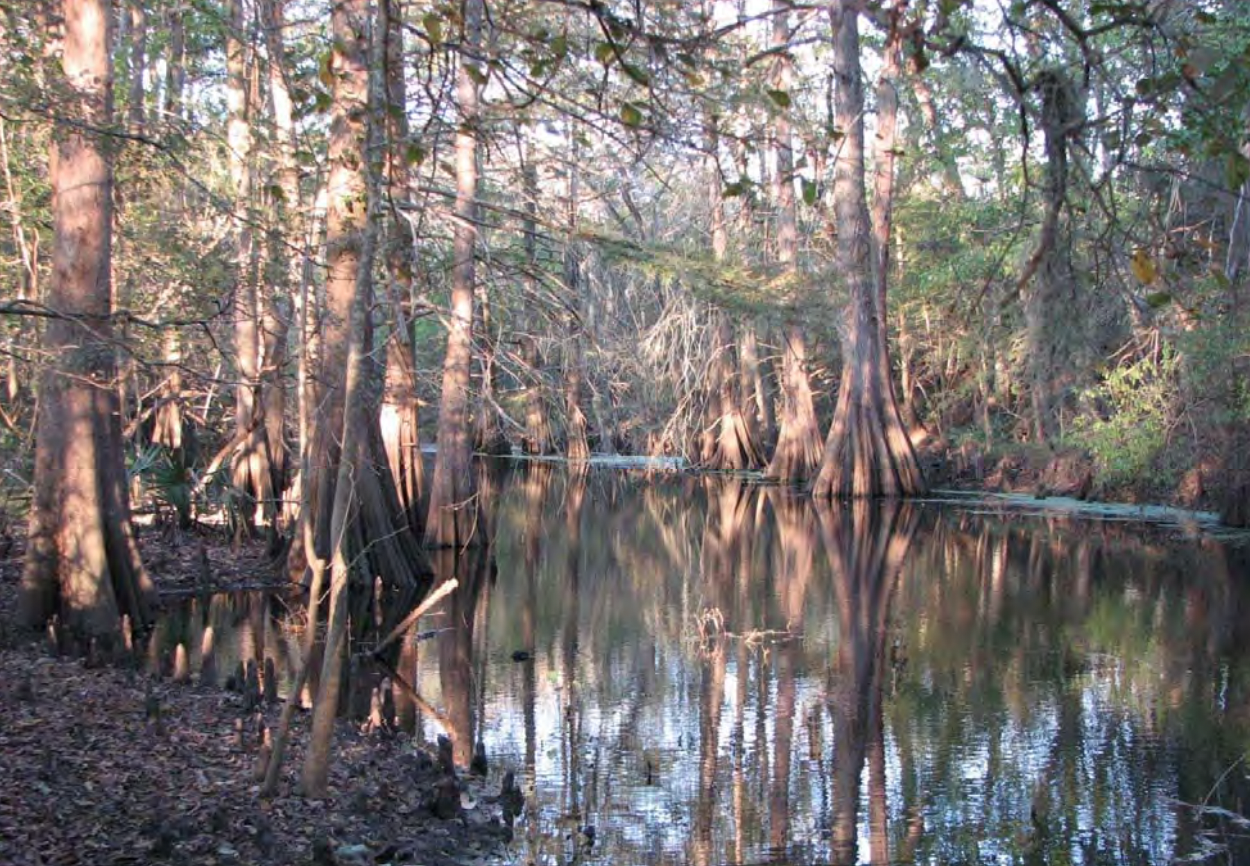Bahia Grande in Laguna Atascosa NWR, TX | USFWS
The National Wildlife Refuge Association has been involved in projects to assist national wildlife refuges and areas beyond their boundaries on the Texas Gulf Coast for many years with an emphasis on conservation planning, community engagement, and land acquisition. In the past, the National Wildlife Refuge Association has been involved with projects focused on the Texas Chenier Plain National Wildlife Refuge Complex, Aransas National Wildlife Refuge, and the Bahia Grande Coastal Corridor benefiting Laguna Atascosa National Wildlife Refuge.
The National Wildlife Refuge Association is pleased to announce the continuation of our work on the Texas Gulf Coast as we bring on consultants Ernest Cook and Mike Lange who will assist us with identifying opportunities to expand the National Wildlife Refuge System along the Texas Gulf Coast
In late December, the U.S. Fish and Wildlife Service (USFWS) acquired 4,628 acres of bottomland forest along the Texas Gulf Coast. The property – known as Peach Creek Forest – was the largest privately-owned tract of old-growth forest remaining in the Columbia Bottomlands, and USFWS had been seeking to acquire it for over 20 years. The land is now part of the San Bernard National Wildlife Refuge.
Bald cypress along Linville Bayou in the Columbia Bottomlands, San Bernard National Wildlife Refuge, TX | USFWS
The Columbia Bottomlands once covered over a thousand square miles of floodplain forest along the Brazos, San Bernard, and Colorado Rivers. Today, just 150 square miles remain, but the forest still provides critical habitat for a wide range of birds, reptiles, amphibians, and mammals. With the forest's proximity so close to the coast, it is particularly important as stopover habitat for birds that migrate across the Gulf to Mexico and points further south.
USFWS was able to fund the purchase with close to $11.5 million from the Migratory Bird Conservation Fund, combined with private fundraising of just over $2 million. Principal donors included the Knobloch Family Foundation, Houston’s Brown Foundation, and the National Fish and Wildlife Foundation, which selected Peach Creek Forest as its first conservation project supported by the Bezos Earth Fund. Project negotiations and fundraising were led by consultants, Ernest Cook and Mike Lange, who were retained by the Friends of Brazoria Wildlife Refuges through a grant from the Damuth Foundation. The Nature Conservancy also played a key role in fundraising for the project.



